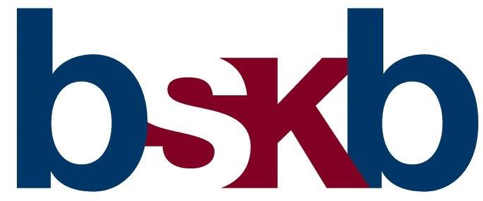Raytheon Technologies Corporation v. General Electric Company (Fed. Cir. 2021)
- Eric H. Liou
In the majority of cases, a 35 U.S.C § 103 obviousness analysis is focused on whether a prior art reference teaches a particular claim limitation or whether one of ordinary skill in the art would have been motivated to combine the teachings of different prior art references to achieve the claimed invention. The issue of whether an asserted prior art reference is “self-enabling” is often overlooked. The Federal Circuit’s precedential decision in Raytheon v. General Electric noted that “if an obviousness case is based on a non-self-enabled reference, and no other prior art reference or evidence would have enabled a skilled artisan to make the claimed invention, then the invention cannot be said to have been obvious.” This presentation explores the Federal Circuit’s decision and discusses the enablement requirement with respect to prior art references used in an obviousness rejection of a patent application.
